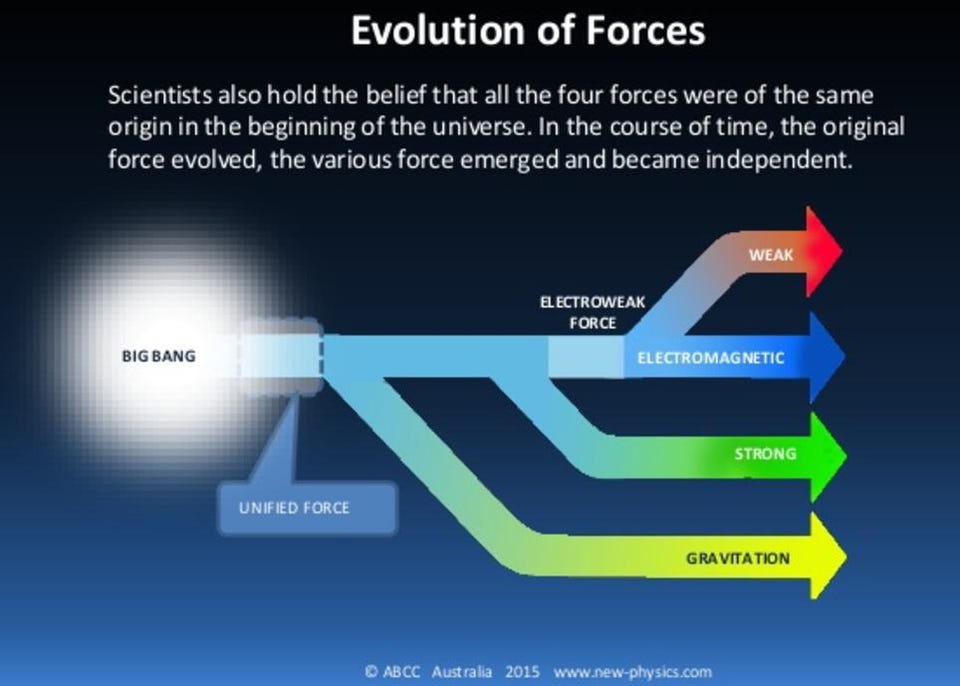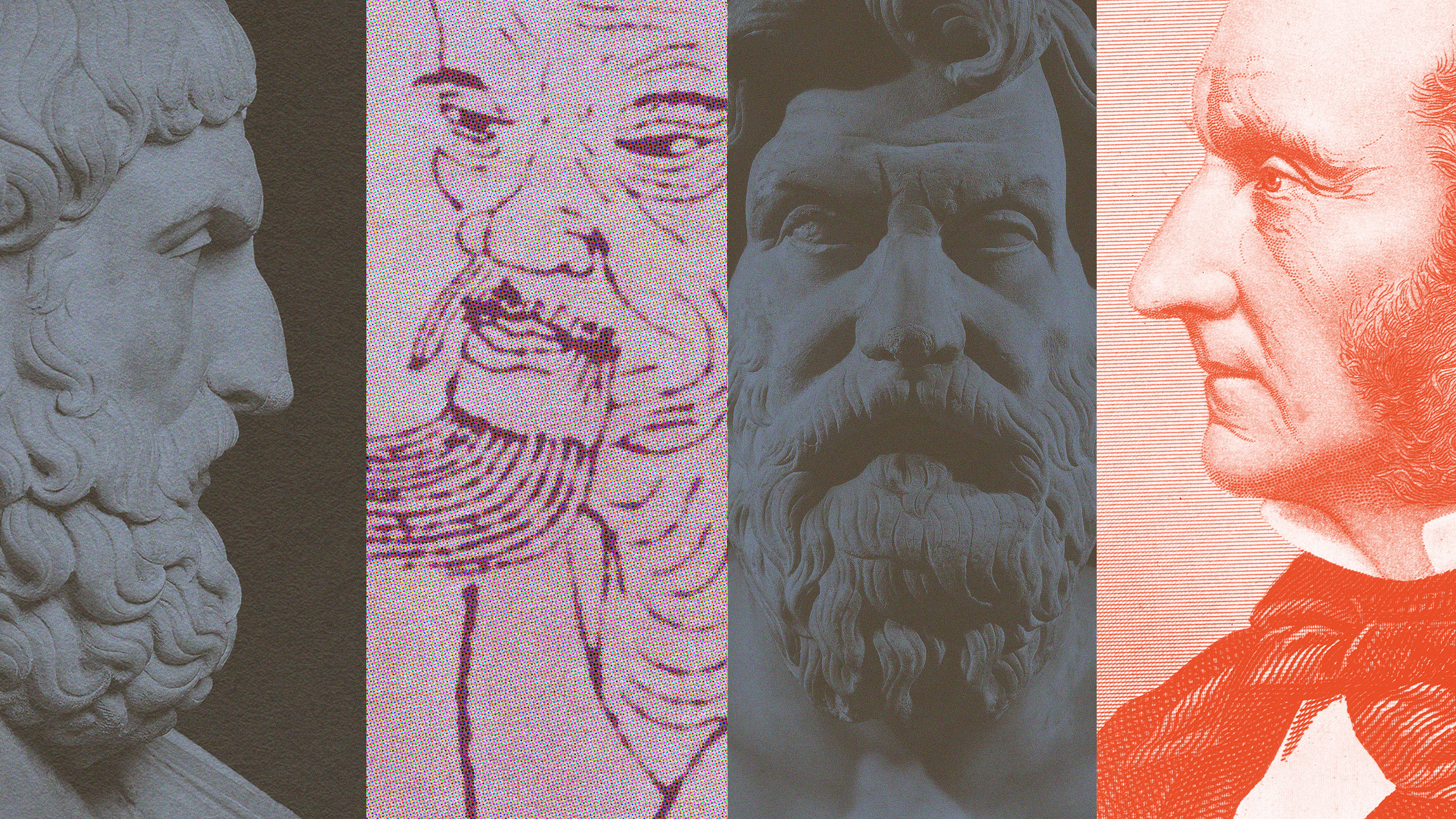Daniel Dennett on secular ecstasy.
Question: Do you have spiritual moments?
Dennett: Of course I have spiritual moments in a bland sense of that word. I suppose but I think the right sense. I have times when I am just transported with awe and joy and sense of peace and wonder at whether its music or arts or just a child playing or some other wonderful thing off of my sailboat, being amaze at the beauty of the ocean. I think that people make a mistake of thinking that spirituality in that sense has anything to do with either religious doctrines or with immateriality or the supernatural. The world is a stunningly interesting and glorious place and at every scale and the awe that one can experience because one understands something about how the parts are put together is I think far greater than the sort of awe of incomprehension. Just I think, I think it’s, the universe is much more wonderful the more you know about how its put together.
Question: Can meditation change your brain?
Dennett: Of course we can change our brains through meditations. You can change your brain through doing cross word puzzles or reading a novel or through meditating or through running. Brains are stunningly adjustable plastic organs and everything you do changes your brain a little bit other wise you couldn’t leave a trace of what you do, you couldn’t have any memory. So meditation is one actually very good way of changing your brain I think meditation play some of the roles that are played also by sleep of restoring balance, getting rid of tension and excess and generally calming the whole system down so that it can confront the world anew. It’s a sort of refreshment.
Image courtesy of Shutterstock.com






